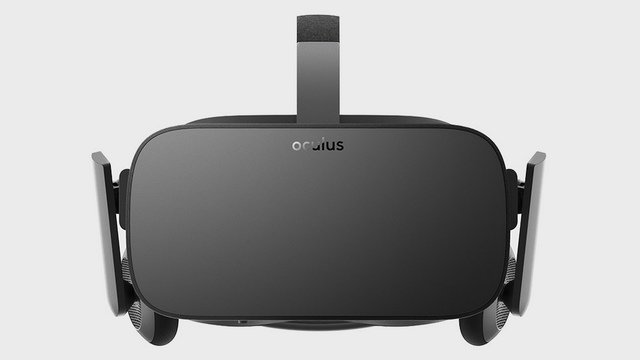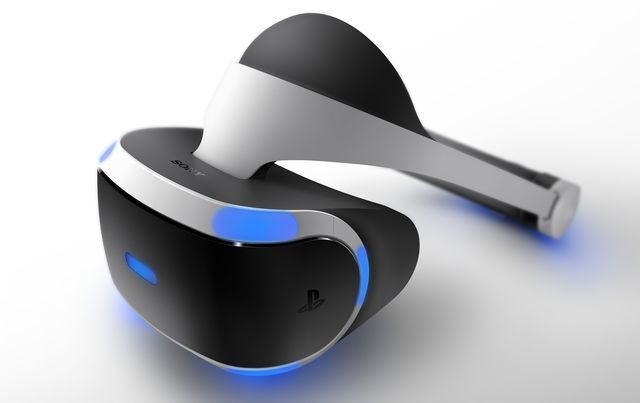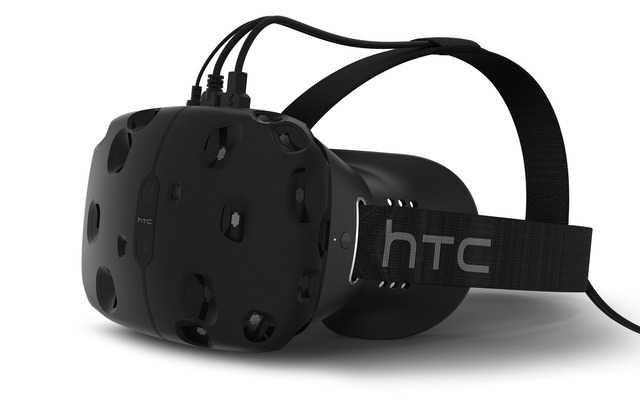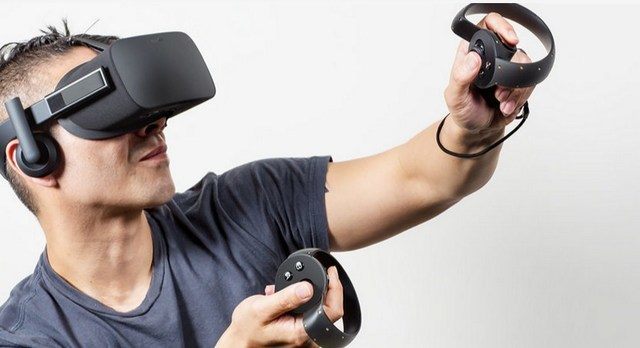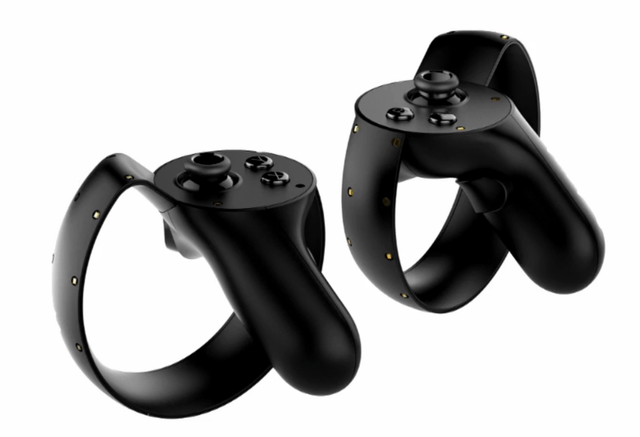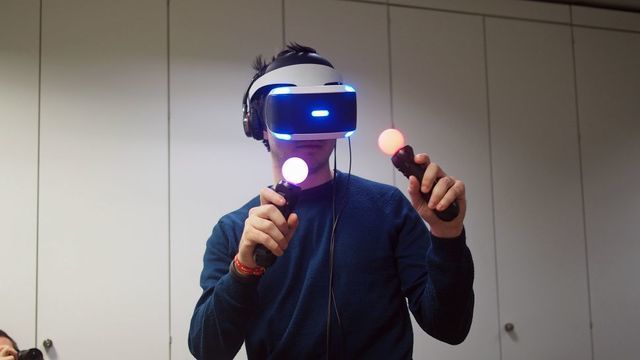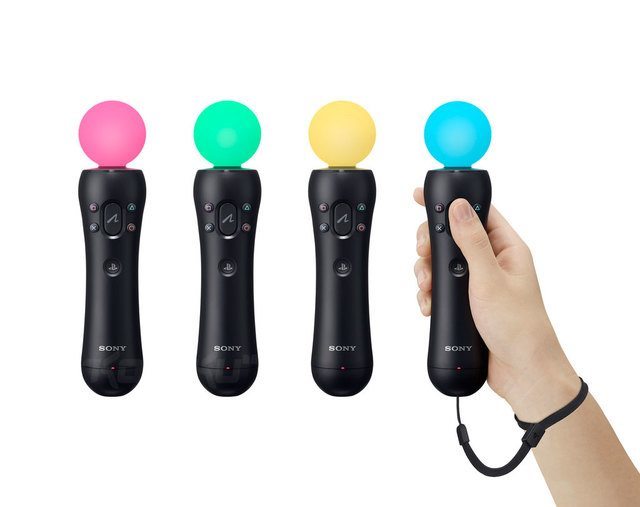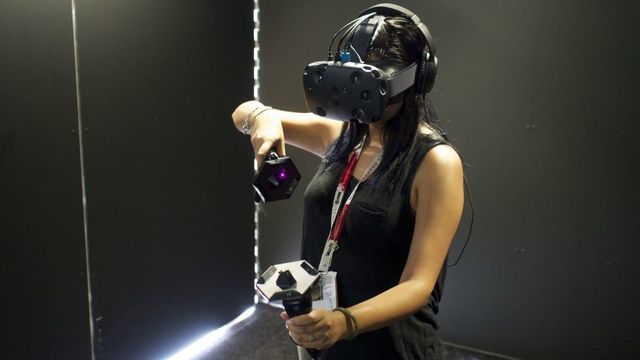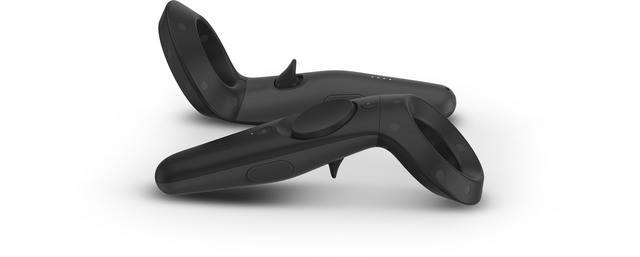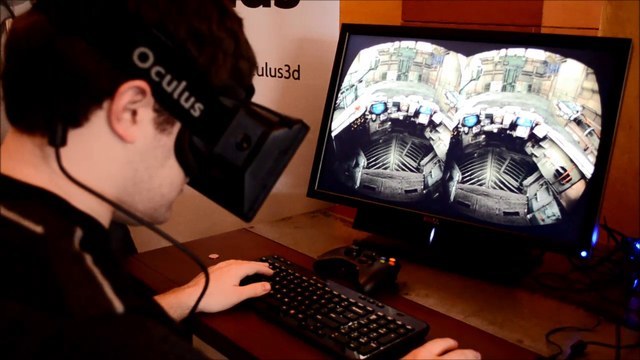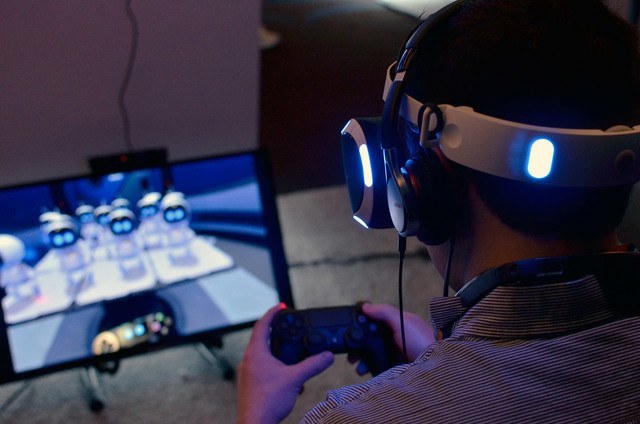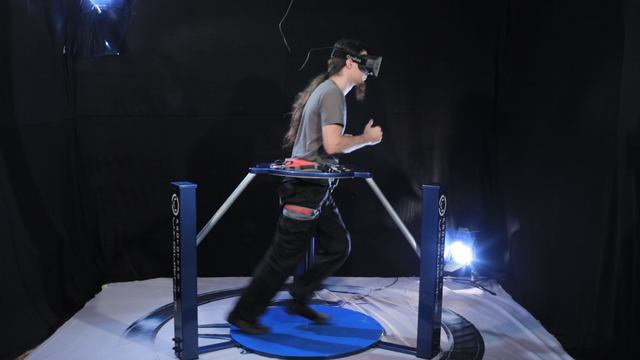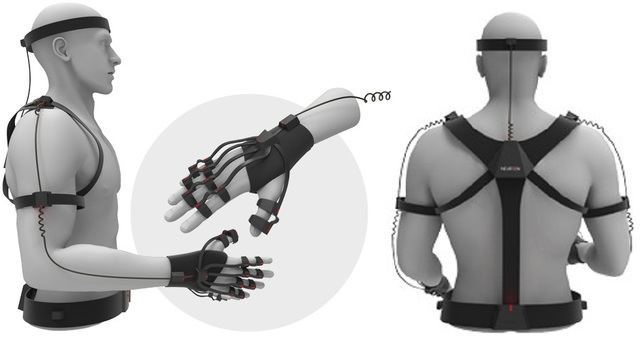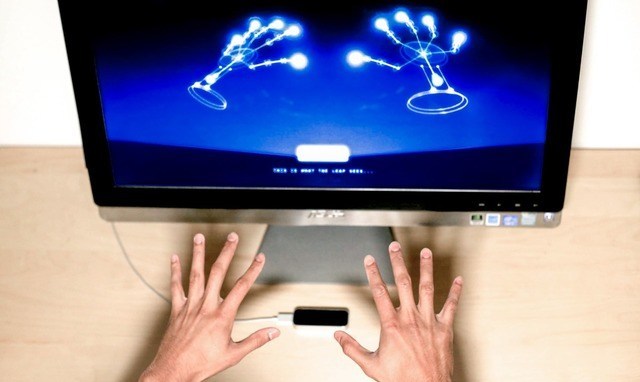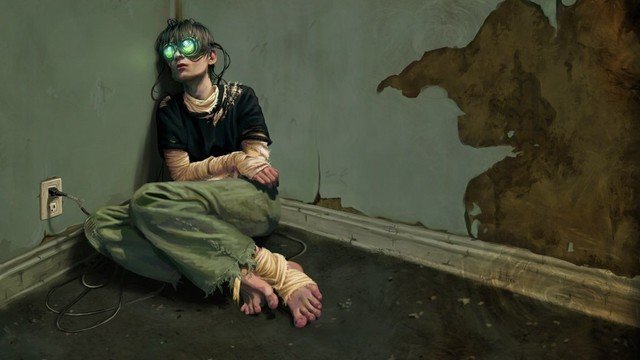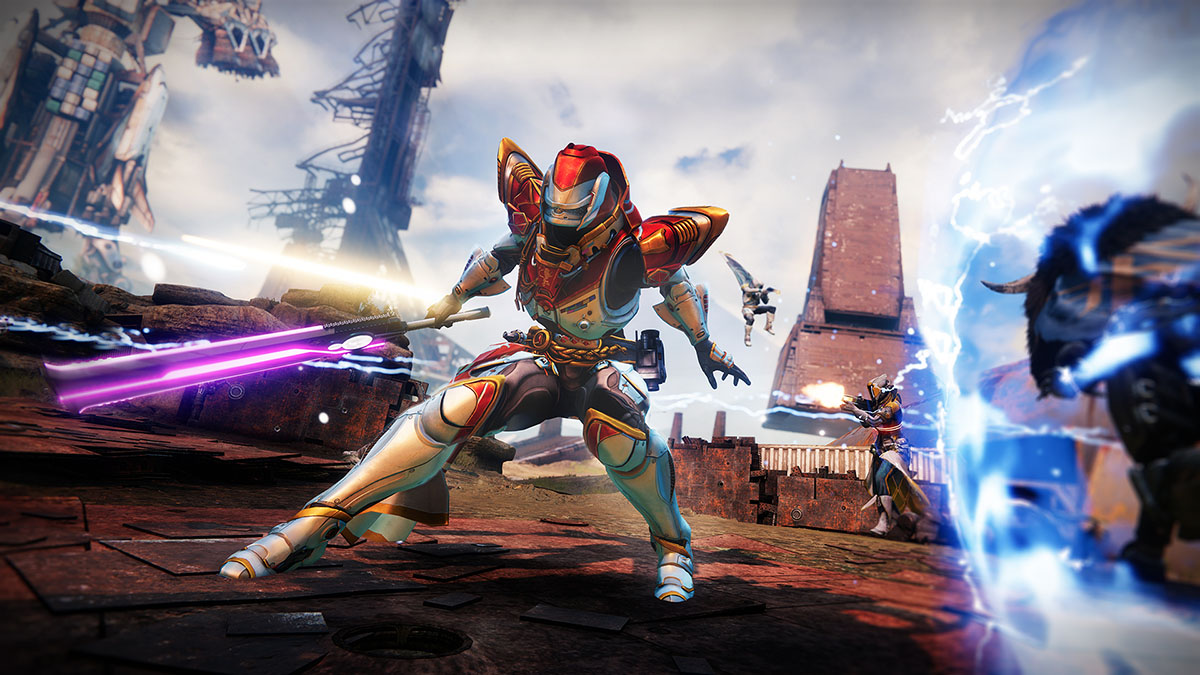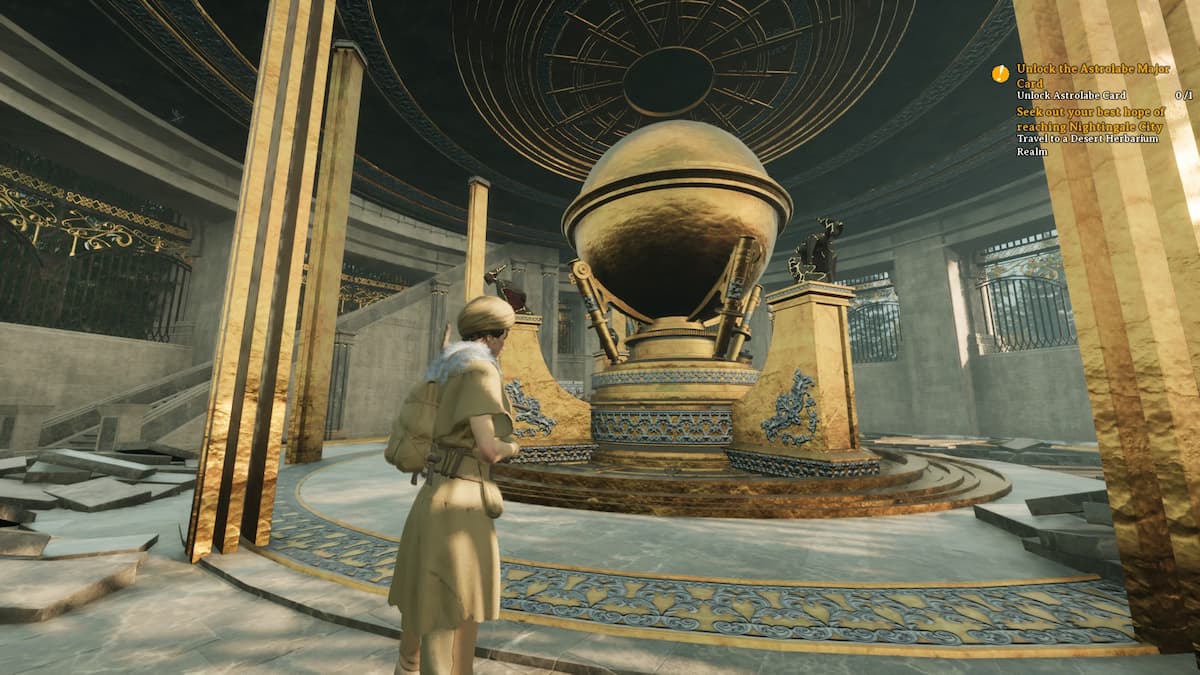Virtual Reality has been on people’s minds since the middle of the last century, when the concept started to appear in various sci-fi magazines. The eventual progress allowed us to create this new technology, but it took decades before the manufacturers could deliver a final product to the mass market.
And here it is – VR will finally arrive at our homes in the first half of 2016. This period will be filled with huge numbers of user reviews, harsh criticism, high praise, speculations, etc. It’s the beginning of the new era of cyber-reality. Obviously, video gamers will become its biggest consumers and this leads to a number of important issues to consider.
Let’s take a look at this first stage of the VR’s mass market life and try to define what to expect, so you have a more or less clear picture.
Top 3 VR brands
Today new VR solutions emerge on the market regularly; however, there are three brands that managed to set themselves as the leaders of the movement.
Oculus VR
First, of course, is the Oculus VR, an idea born from the ambitious mind of the young inventor Palmer Luckey that became an incredible success on Kickstarter. Today this brand belongs to Facebook and works in cooperation with Samsung Company.
Their assets include a stationary VR-Rift System and a mobile experiment designed by John Carmack – Samsung Gear VR. Being the first products of its kind in a new wave of VR movement, Oculus has penetrated almost every corner of the industry.
Sony
The second top tier product comes from Sony – PlayStation VR, previously known as Project Morpheus. It works exclusively with PlayStation 4 consoles, which means one thing: more great games in the new kind of environment.
The headset is designed to be used with a typical PS4 controller and other additional gadgets.
HTC and Valve
Last but not least is the collaborative effort from Valve and HTC – Vive. The announcement of their own VR solution at the last GDC was surprising, but not unexpected.
Given the huge user base of Steam and the well-established technical capabilities of HTC, Vive seems to be a very promising thing.
All three products are planned to be released in the first half of 2016.
Technology behind VR
Now, let’s see how the technology behind VR actually works.
Oculus Rift
Oculus uses motion detection LED markers. They flash with a certain frequency and their movements are registered by an operating infrared camera. It measures the relative shift of the LED markers in space to determine the movements of your head and of the controllers.
Oculus Rift, as a brand, is focused on the balanced sedentary experience, which includes the headset, controllers and a reliable chair (preferably rotating one). As of now, there isn’t much talk about “freedom of movement” within a room, as that would create too many problems with clearing space and setting up other motion sensing devices, such as Kinect or even the Holodeck.
However, it is possible that VR-themed rides will appear in the designated areas and entertainment centers, where enthusiasts would be able to move freely around and explore the virtual world.
Oculus Touch
Oculus presented its half-moon controllers at the last E3. They’re designed to provide you with a more realistic sense of control in your hands and fingers. Both controllers have sensors detecting the position of your hands and a special button that allows you to grab and release objects with your fingers within the virtual environment.
This button is located in the middle part of the controller, so that you basically have to grab it, which translates perfectly into the gaming experience. Of course, in the beginning it’ll seem awkward, but developers promise that it’s the closest you can get to real-life movement in VR.
PlayStation VR
Sony works on a similar principle as Oculus Rift, meaning that it has cameras that register the movements of the markers attached to your headset, and light bulbs on the Move controllers in the case you don’t use the DualShock 4 gamepad.
Sony’s main selling point is the co-operative mode, where one participant can take a certain role in the game wearing a VR headset while their friends will play the same game on the television screen.
PlayStation Move
This forgotten motion-sensing game controller was released in 2010 exclusively for PlayStation 3. It didn’t have much success back then, but today it has the chance for a revival. PS Move was successfully used with PlayStation VR as an alternative controller to DualShock 4 during Sony’s VR presentations.
The technology behind Move is quite simple: you need to hold one of two controllers in each hand and the orbs attached to the top of controllers glow with certain colors that help the cameras detect your motions.
HTC Vive
HTC’s approach is fundamentally different. The setup requires installation of a few light beacons, known as Lighthouse, at the opposite ends of the room. With the help of the sensors installed on the headset and the controllers, the system measures the time it takes the laser beam to reach Vive, and using this data, determines the absolute position of the device in space with an error of no more than a millimeter.
This means that you can walk freely within your room, and have all of your movements translated into the virtual reality space. However, your room should be devoid of any obstacles, as the system will not be able to properly register your movements if you suddenly stumble upon a chair.
HTC Vive controllers
The original controllers for Vive were basically a split version of a Steam controller with similar touchpads. However, recently HTC announced a new type of controller which seems to be a huge improvement over its predecessors. There hasn’t been any official information on how they actually work released yet.
Technical requirements of VR
If you decide to purchase a VR headset anytime soon, make sure that your hardware is powerful enough to be able to meet the requirements of this new technology.
VR for personal computers
Both Oculus Rift and Vive send the signal to two small displays with a total resolution of 2160 x 1200 each. It would be possible to decrease the resolution of the screens in the case your PC isn’t be able to handle the pressure, but it will drastically affect the quality of the image.
Another necessary condition required for a proper VR experience is a fast response time and flawless frame rates. The VR headset screens work at 90 Hz, and the same number is applied to frames per second that is 90 FPS.
The final and the biggest hit that your hardware should be able to handle is the image rendering. VR has to provide a wide FOV in order to not limit the experience of the gameplay. This means that your hardware will be forced to render the image in much higher resolution than the display resolutions set on the screens of your VR headset.
All this means that the optimal platform for VR should be a powerful desktop computer with a video card that is at least on the level of GeForce GTX 970.
VR for consoles
Sony is currently promoting their PlayStation VR brand, while Microsoft reached an agreement with Oculus on the full VR support for the Xbox One consoles. But we all know too well that current-gen consoles have problematic hardware.
Today, it is inevitable that VR console experience will be met with a number of technical limitations and compromises — at least until the next generation comes out.
However, there are developers that promise to deliver an incredible gaming experience for console VR headsets. One of these developers is Crytek. The company is currently developing The Climb for the Oculus Rift and Robinson: The Journey for PlayStation VR.
Mobile VR
This one is probably the most ambitious project in the VR field. In addition to complete wirelessness, the developers will have to solve the problems of overheating, low battery life, relatively weak hardware, and many others that will delay the implementation of quality VR experience on mobile devices for some time to come.
As of now, nobody has complete solutions to all these questions, but major industry players keep looking for them.
Additional gadgets
In addition to VR headsets and motion controllers, lots of new start-ups are working on related equipment, such as 360-degree motion cameras, treadmills, motion capture systems, and more. This is also a huge new field for investors.
Here are just a few examples of such auxiliary devices that may find support in the VR community.
Cyberith Virtualizer
This omnidirectional treadmill will be two or even three times more expensive than the VR bundle, but it promises some intense experiences that are worth trying. It can be used for simulation purposes both at home and in the offices, and guess what, it’ll help you stay fit.
Perception Neuron
This is a cheaper version of motion capture system that can be used with VR headset. It can also be used as an excellent tool for indie video game designers or filmmakers who feel the need to implement motion capture into their creative environment.
Leap Motion
This is a more traditional motion controller that doesn’t require you to wear anything on your body. Just put it on your table and let it register the motions of your hands.
It was released a few years ago and received some underwhelming reviews. However, with the introduction of VR it can actually become really useful.
Challenges VR may face in 2016
It looks like not everything will go smooth for VR this year. There are a few practical problems that developers will have to deal with as quickly as possible.
Technical issues
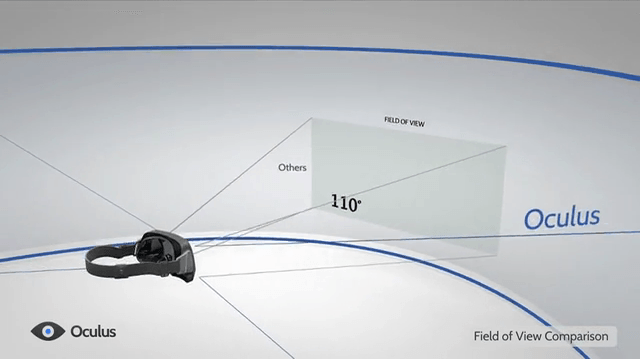
Pricing. Obviously, the technical requirements of the new technology will force people who want to try VR on their PCs to either upgrade them or buy completely new ones. This adds up significantly to the overall expenses.
View angle (FOV). The current generation of VR headsets provides 110-degree view angle, which isn’t much in comparison to a normal human FOV, which is about 180-190 degrees.
There are, however, a few experiments providing a wider angle, such as Star VR (the developers promise 210-degree viewing angle on their device), but its current reviews aren’t very inspiring – people say the lags and delays are huge.
Last but not least, is the bulkiness of the headsets. It will be easier to deal with in a sitting position, but if you decide to go full interactive mode and walk around the room, the weight of the gear will seriously diminish the experience.
Ethical issues
There are two big things to consider when it comes to the ethical aspect of VR. The industry should not neglect these issues and address them at the earliest possible time.
Addiction is the first and possibly the worst one. Those who get easily addicted to the cyber-world may completely cut off their relationships with the real world. Others may not spend all of their time in VR but could experience the blurring effect of what is real and non-real.
Another issue is desensitization, which may provoke uncontrolled behavior both in VR and real life. Many people still don’t realize how immersive VR can be, thus leading to some undesired compulsive actions.
The disadvantages of virtual reality are minimal in comparison to its immense benefits as a whole, but it is still very important that these issues are being dealt with.
What are your thoughts on VR? Do you think it’ll have a huge success in 2016? Share your opinion in the comments section below.


